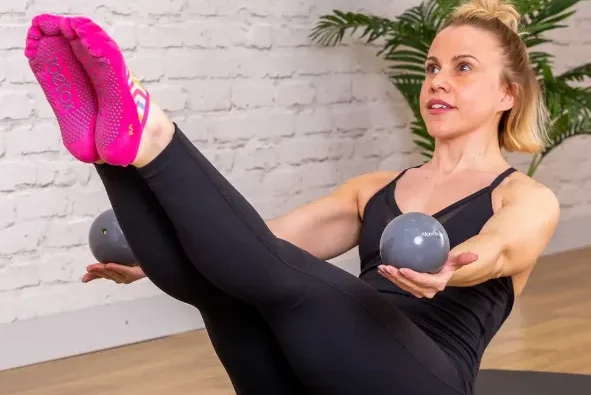
The holiday season can be a time of indulgence, rest, and a break from routine—often leading to a temporary lapse in your fitness routine. Work can get hectic, and with the slow pace of the holidays, it’s easy to let your exercise schedule slip. By the end of the season, you might feel sluggish and unmotivated, with the daunting task of getting back into shape ahead of you. But don’t worry! It’s completely possible to get back on track without overdoing it and setting yourself up for failure. Here are five steps to help you regain your fitness post-holiday and create lasting habits for the year ahead.
1. Start Slow with Your First Workout
The first workout after a break should not be intense. You want to ease back into exercise to avoid overwhelming your muscles and discouraging yourself. The goal here is to avoid soreness and set yourself up for success with your next workout.
Use about 60-70% of the weights you were lifting before your break. For example, if you normally lift 100kg for 5 sets of 5 reps, start with 70kg for 5 sets of 2-3 reps. This allows your muscles to reactivate without pushing them too hard too soon. Keeping it easy will help you get back into the rhythm of regular exercise without the risk of injury or burnout.
2. Keep Your Conditioning Work Light
Don’t jump back into intense cardio too quickly. If you were running or doing another form of high-intensity conditioning before the holidays, start with gentler variations. For instance, instead of running continuously for 30 minutes, try doing 3 runs of 20 minutes with intervals—30 seconds of running followed by 30 seconds of walking.
This approach provides a light reintroduction to your conditioning routine without pushing your body too far too fast. It helps you ease back into the movement patterns without the risk of soreness or injury, especially since the injury rates increase when returning to running after a break.
3. Ditch Time Targets for Now
During your first few post-holiday workouts, forget about time targets or pushing for a personal best. Don’t worry about how long you’re resting between sets or how many rounds you’re completing. This is all about gently reintroducing your body to exercise.
Taking longer rests and not pushing too hard means you can stick to your workouts consistently without feeling defeated. These easier sessions help your body get used to the demands of exercise again, ensuring you can work out more frequently without the risk of injury.
4. Be Honest About the Time Off
If you’ve been away from exercise for a while, acknowledge it and give yourself the time needed to ease back into your routine. For every month off, plan for at least three easier sessions before you push yourself harder. If you’ve taken multiple months off, this could mean several weeks of moderate-intensity workouts.
Once you’ve completed the easy sessions, slowly increase the intensity. The key is consistency, so don’t rush the process. Trust that with every workout, you’re getting closer to your goal.
5. Focus on Lifestyle Beyond the Gym
It’s easy to focus on the gym time when trying to get back into shape, but a successful fitness plan extends beyond the hours you spend working out. Prioritize lifestyle factors that support your training:
- Sleep: Aim for 8 hours of quality sleep each night.
- Movement: Take daily walks for 30-60 minutes.
- Nutrition: Ensure you’re eating four balanced meals a day.
- Cardio: Include 3 cardio sessions per week, lasting 30-90 minutes with a heart rate between 120-150 bpm.
- Stretching: Stretch twice as often as you lift weights.
These habits will help you see more progress than simply focusing on gym time alone. Most people tend to overlook lifestyle habits like sleep and mobility, but these elements can be just as impactful on your fitness journey.
From Holiday Slug to Fitness Pro
Successfully returning to your fitness routine after a break doesn’t need to be a stressful or overwhelming process. By easing into your workouts, focusing on recovery, and balancing exercise with other healthy habits, you’ll be on your way to lasting fitness progress. Stay consistent, take it one step at a time, and soon you’ll be back on track to achieving your goals for the year.












